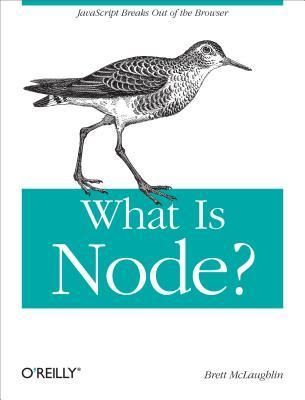
What Is Node?
Node.js. It’s the latest in a long line of “Are you cool enough to use me?” programming languages, APIs, and toolkits. In that sense, it lands squarely in the tradition of Rails, and Ajax, and Hadoop, and even to some degree iPhone programming and HTML5. Dig a little deeper, and you’ll hear that Node.js (or, as it’s more briefly called by many, simply “Node”) is a server-side solution for JavaScript, and in particular, for receiving and responding to HTTP requests. If that doesn’t completely boggle your mind, by the time the conversation heats up with discussion of ports, sockets, and threads, you’ll tend to glaze over. Is this really JavaScript? In fact, why in the world would anyone want to run JavaScript outside of a browser, let alone the server? The good news is that you’re hearing (and thinking) about the right things. Node really is concerned with network programming and server-side request/response processing. The bad news is that like Rails, Ajax, and Hadoop before it, there’s precious little clear information available. There will be, in time — as there now is for these other “cool” frameworks that have matured — but why wait for a book or tutorial when you might be able to use Node today, and dramatically improve the maintainability.
Reviews
Patrick@loopbak
Kevin Ridgway@read247365